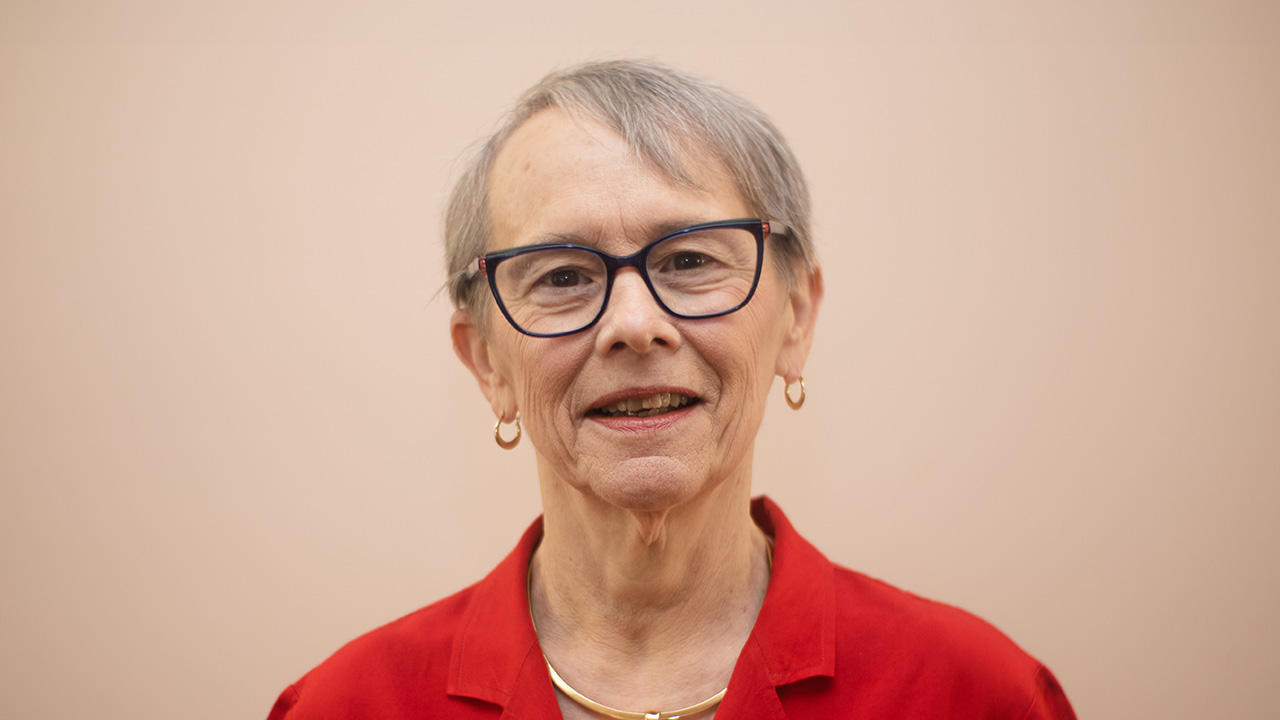
Alaine Duncan
Our practices are full of people with what I call “strange, rare and peculiar” symptoms. If their symptoms were simple and straightforward, highly specialized Western medicine would be more helpful to them. All too often, their experiences of “complex, multi-symptom illness” have taken them to many providers, leaving them feeling hopelessly broken and “unfixable” before they land on our doorsteps.
I would characterize their symptoms as vibrational illness: intangible, elusive, complex, and hard to diagnose from a Western perspective. Through an East-meets-West lens, we could say that they are experiencing overwhelming dysregulation in their autonomic nervous system, what we might call their energy body, arising out of experiences of “too much, too fast, with inadequate support”, my definition of traumatic stress. We are their perfect match. We practice vibrational medicine and they have vibrational illness. We have so much to offer trauma survivors.
We run two risks with these patients: firstly, that the underlying dysregulation is so completely tucked away that we miss it entirely. Many of us have used various survival strategies to help us cope—alcohol or other addictions served us once upon a time and now are a problem, or that being a bully kept us safe—but now we’re lonely with no friends. We have used many survival strategies as a cover for our inner dysregulation. Sometimes these strategies are so hidden away that our providers can’t see past them—and we may not be able to name them either!
Or secondly: that the patient’s system is so fragile that we over-treat, causing pain and exacerbation of symptoms, causing them to leave our care feeling desperate and hopeless. Acupuncturists are particularly vulnerable to over-treating our patients.
We are often challenged in figuring out where to begin with these complex patients. Dysregulation creates many symptoms in multiple elements and is what gives rise to their experiences of complex multi-symptom illness. My experience says that if I treat first this symptom and then that symptom rather than focusing on the underlying dysregulation that gives rise to all their symptoms, that I might treat them for years and not really see the kind of transformation they are longing for.
The study of animal predator-prey relationships can help us with diagnosis and treatment planning. Ethnobiologists name five steps in the self-protective response that all animals go through as they navigate danger or life threat—that includes us two-legged animals, not just those with four. Symptoms arise when a particular step is thwarted or left incomplete. Healing happens when that thwarted step finds a way to completion.
The fabulous thing is that these five steps, defined by neurobiology, are mirrored in the rich tradition of the five elements of Chinese medicine. Discerning our patient’s constitution, or what I refer to as their “survivor” type, can lead us to the most likely place where their movement through the self-protective response was thwarted, and then the world of 5 Element correspondences can help us discern best places to look for the “issues in the tissues”. This East-meets-West diagnostic framework can help focus our diagnosis, patient management and treatment planning.
These five steps and their corresponding elements are:
- Awaken Arousal – Metal
- Signal Threat – Water
- Mobilize A Response – Wood
- Restore Coherence – Fire
- Digest the Gristle – Earth
Our job is to support completion of the self-protective response by focusing on the element primarily affected in their experience of danger or life threat. All the other elements will fall into regulation when this primary wound finds greater balance and regulation. Our clinical orientation needs to be focused on enhancing regulation rather than treating symptoms.
Here’s some general patient management guidance from 5 Element Theory:
Metal: Can they find an experience of feeling respected? Bring somatic mindfulness (po) to their tissues. Pay attention to skin, breath, respiratory diaphragm, lungs and colon—grief and spiritual longings. Explore ways to build their capacity to be in embodied curiosity rather than conclusion about new things in their environment.
Water: Can they find an experience of feeling protected? Support creation of secure boundaries and an anchor. We can’t “make” someone feel safe, but we can create conditions for them to find safety or a sense of protection by honoring their boundary and helping them embody it. Pay attention to bones, kidney/adrenal system, brain stem, kidneys and bladder, as well as how they recognize both fear and safety. Explore ways to build their capacity to distinguish discomfort from fear—someone’s life may depend on making this distinction.
Wood: Can they find an experience of feeling encouraged? Support completion of thwarted mobilization experiences. Bring mindfulness and encouragement to embodied experiences of their life force. Pay attention to tendons, ligaments, blood, eyes and sense organs, the liver and the gall bladder—anger, hope, and the capacity to mobilize responses that are commensurate with the level of threat experienced.
Fire: Can they find an experience of feeling loved? Support them to find their experience of “it’s over”, allowing their heart to return to equanimity. Use your eye contact and your shen consciously in support of that goal. Pay attention to fascia, blood, the heart, pericardium, small intestine and the connective tissue—and their capacity to recognize that “it’s over”.
Earth: Can they find an experience of feeling supported? Help them find those times when they were supported and cared for as resource states. Pay attention to the viscera, the muscles, fluids, the spleen, the stomach and all the fu—and their capacity to digest their “gristle” and harvest lessons that expand rather than contract.
Join me on October 31st, 2024 at the Pacific Symposium to explore 5 Elements and Trauma Survivors: From Repair to Resilience and The Tao of Trauma: Finding the Issues in the Tissues.
Intrigued? Want more? There are still openings in the year-long Tao of Trauma series in Thousand Oaks, CA and in the virtual cohort that starts this fall. 70 CEU’s – CAB, NCCAOM, NCBTMB, MSW(VT).
